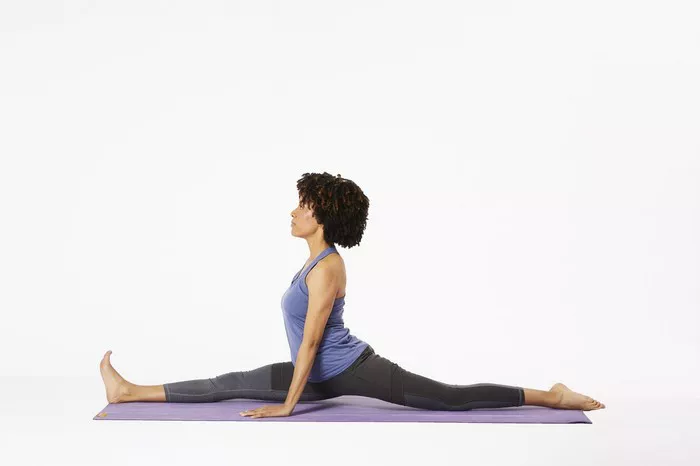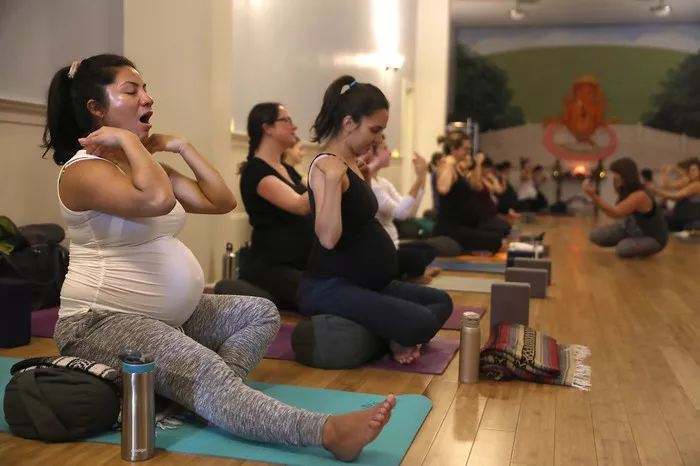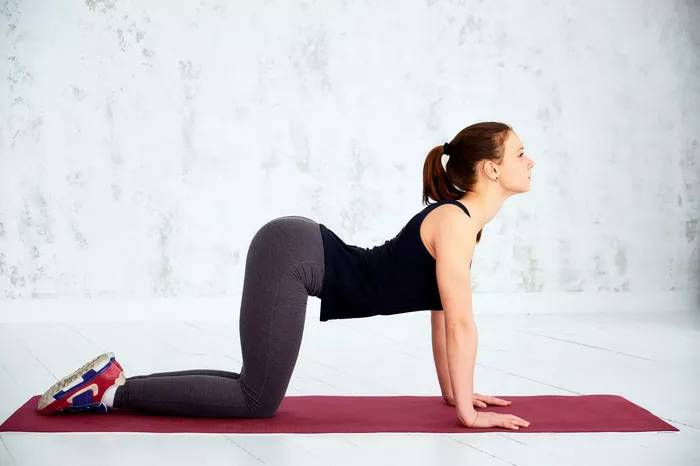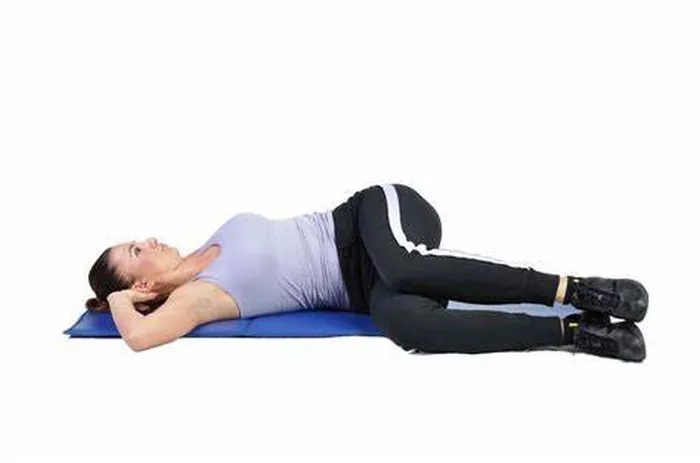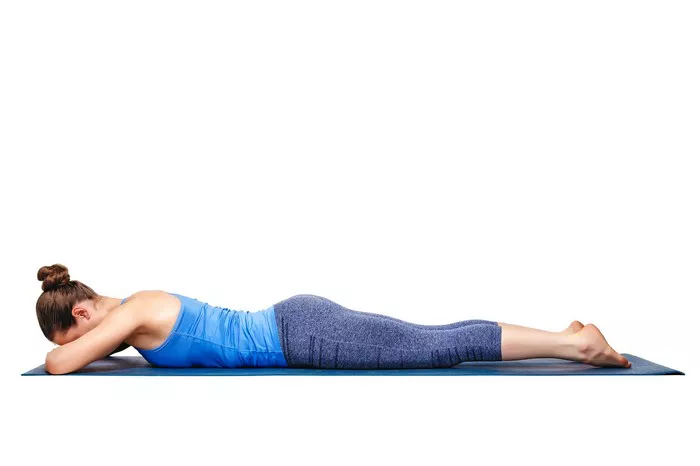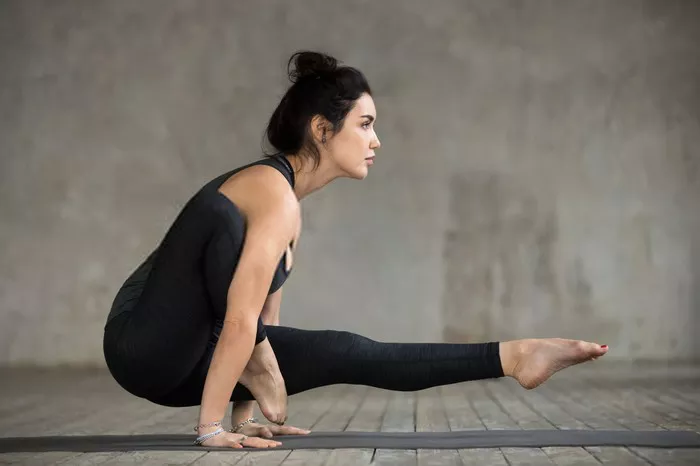Yoga Nidra, often referred to as “yogic sleep,” is a profound and restorative practice that allows the body and mind to relax deeply while remaining consciously aware. This practice has gained widespread popularity in recent years for its numerous mental, emotional, and physical benefits. However, like any form of yoga, Yoga Nidra is most effective when practiced at the right time and under the right conditions. In this article, we will explore when it is best to practice Yoga Nidra to optimize its benefits and support overall well-being.
Understanding Yoga Nidra
Before delving into the ideal times for Yoga Nidra practice, let’s first take a moment to understand what Yoga Nidra is. Yoga Nidra is a state of conscious relaxation where the practitioner is guided into a state of deep relaxation but remains mentally alert and aware. This state of relaxation allows the body to heal, the mind to rejuvenate, and the emotions to balance out.
The practice typically involves a body scan, breath awareness, visualizations, and a sense of letting go of physical tension. While deep sleep is a passive state of unconsciousness, Yoga Nidra is a conscious form of rest where the practitioner can access deeper layers of the subconscious mind. This state allows for healing, emotional release, and deep rest that is often more rejuvenating than regular sleep.
The Benefits of Yoga Nidra
Before we discuss when to practice Yoga Nidra, it’s helpful to understand the range of benefits it offers:
Deep Relaxation: Yoga Nidra induces a state of deep physical and mental relaxation. It helps in releasing accumulated tension in the body and mind, allowing practitioners to feel completely rejuvenated.
Stress Relief: The practice significantly reduces the body’s production of stress hormones such as cortisol, while enhancing the secretion of feel-good hormones like serotonin and oxytocin. It is an effective method for managing anxiety, stress, and insomnia.
Enhanced Sleep Quality: By training the body and mind to enter a deep state of relaxation, Yoga Nidra can promote better sleep patterns. For individuals suffering from insomnia or disrupted sleep cycles, this practice is particularly beneficial.
Emotional Balance: Yoga Nidra encourages deep self-awareness, which helps practitioners process suppressed emotions and trauma. It allows individuals to confront their emotional challenges without being overwhelmed by them.
Improved Focus and Concentration: Although Yoga Nidra induces deep relaxation, it also sharpens the mind and enhances mental clarity. This can lead to better focus, creativity, and problem-solving skills in daily life.
Physical Healing: The deep relaxation of Yoga Nidra allows the body to enter a state of self-healing. It can improve circulation, reduce pain, and alleviate chronic conditions.
When to Do Yoga Nidra
Yoga Nidra is a highly adaptable practice, and there are various times during the day when it can be beneficial. However, not all times are equally conducive to its practice. To maximize the benefits of Yoga Nidra, it is essential to consider your personal lifestyle, energy levels, and intentions for the practice. Here are several ideal times to practice Yoga Nidra:
1. Before Sleep: Enhancing Restful Sleep
One of the most popular times for practicing Yoga Nidra is right before bedtime. Many people struggle with falling asleep or maintaining deep sleep due to stress, anxiety, or an overactive mind. In these cases, Yoga Nidra can be incredibly helpful.
Why It Works: The deep relaxation induced by Yoga Nidra can help to calm an overactive mind, release physical tension, and promote a state of mental and physical tranquility. As the body enters a relaxed state, it becomes easier to transition into deep sleep.
The Benefits: Practicing Yoga Nidra before bed not only helps in falling asleep faster but also enhances the quality of sleep. People who practice Yoga Nidra regularly report better sleep cycles, fewer instances of waking up during the night, and feeling more refreshed upon waking up.
How to Practice: Ideally, practice Yoga Nidra 15–30 minutes before going to bed. Ensure that the environment is calm and dark, free from distractions, and conducive to relaxation. Lie on your back with your arms by your sides, palms facing upward, and close your eyes. Follow a guided Yoga Nidra session to facilitate the process of deep relaxation.
2. In the Morning: Cultivating Calm and Clarity
Many people experience stress and overwhelm from the moment they wake up. Whether it’s preparing for work, dealing with family responsibilities, or simply navigating the pressures of daily life, mornings can often feel rushed and chaotic. In these instances, Yoga Nidra can serve as an excellent tool to set a positive tone for the rest of the day.
Why It Works: Practicing Yoga Nidra in the morning allows you to wake up slowly and gently. Rather than jumping straight into the demands of the day, you can first ground yourself in a state of deep relaxation and presence. This helps to establish mental clarity and emotional calm before tackling the day’s challenges.
The Benefits: Starting the day with Yoga Nidra can help reduce anxiety, increase mental focus, and set an intention for the day ahead. By starting the morning with a sense of calm and presence, you are better able to handle stress and navigate the day with balance.
How to Practice: To incorporate Yoga Nidra into your morning routine, wake up 10–15 minutes earlier than usual. Lie on your back in a comfortable position, preferably on a yoga mat or soft surface, and follow a guided session. You may also choose to set an intention for the day, helping to direct your energy toward positive outcomes.
3. During the Day: A Midday Reset
Yoga Nidra is not only reserved for early mornings or late nights—it can also be highly effective when practiced during the day, particularly when energy levels are low or stress is mounting.
Why It Works: The midday slump is a common experience for many people. After several hours of work or activity, the body and mind may feel fatigued, making it difficult to stay productive or focused. A short session of Yoga Nidra can offer a mental and physical reset, allowing you to recharge and approach the rest of the day with renewed energy.
The Benefits: Practicing Yoga Nidra during the day can boost energy, enhance focus, and improve productivity. It is an excellent way to release accumulated stress and return to work or daily activities with a clearer, more balanced mind.
How to Practice: If you’re considering a midday Yoga Nidra practice, aim for a short, 10–15 minute session. Find a quiet, comfortable space, lie down, and follow a brief guided session. You can do this either in your office or at home, but ensure that you will not be disturbed during this time.
4. During Breaks: Quick Stress Relief
For individuals with a busy schedule, Yoga Nidra can serve as a quick and effective stress-relieving tool during breaks. Whether you’re at work, home, or out running errands, taking short breaks to practice Yoga Nidra can be a game-changer for mental well-being.
Why It Works: Even a brief session of Yoga Nidra can induce deep relaxation, helping to release mental and physical tension. It can also offer a temporary escape from the pressures and distractions of daily life.
The Benefits: A quick Yoga Nidra session during a break allows you to return to work or your tasks with a clear mind and reduced stress. It can also enhance your overall mood and boost creativity, making it easier to tackle tasks with renewed focus.
How to Practice: To practice Yoga Nidra during a break, aim for a session lasting just 5–10 minutes. Close your eyes, focus on your breath, and consciously relax your body. A short, self-guided session will be enough to restore your energy levels.
5. During Periods of High Stress or Anxiety
Yoga Nidra is particularly beneficial during times of heightened stress, anxiety, or emotional turmoil. Whether you’re going through a personal crisis, dealing with work-related pressures, or experiencing physical pain, Yoga Nidra can offer a therapeutic form of relief.
Why It Works: The deep relaxation state facilitated by Yoga Nidra activates the parasympathetic nervous system, which helps to counteract the body’s fight-or-flight response. This can lower heart rate, blood pressure, and cortisol levels, while calming the mind and relieving stress.
The Benefits: During high-stress periods, Yoga Nidra can be a lifeline, offering a way to ground yourself, release tension, and regain a sense of emotional equilibrium. This makes it an excellent practice for managing long-term stress and acute anxiety.
How to Practice: Whenever you’re feeling overwhelmed, take a break and lie down in a comfortable position. Engage in a guided Yoga Nidra practice, focusing on breathing and relaxation. Allow your body and mind to surrender to the process of deep relaxation.
6. When Healing from Trauma or Illness
Yoga Nidra can be a powerful tool for individuals recovering from trauma or illness, whether physical or emotional. The practice allows for deep healing by bringing attention to the body, breath, and mind in a gentle, non-judgmental way.
Why It Works: During recovery, whether physical or emotional, it is essential to create a safe space for healing. Yoga Nidra supports this process by encouraging deep relaxation and releasing emotional blockages that may be hindering recovery.
The Benefits: Yoga Nidra promotes the healing of both the body and mind, supporting recovery by reducing pain, alleviating stress, and fostering emotional balance. It can also assist individuals in processing traumatic experiences without feeling overwhelmed.
How to Practice: If you’re recovering from trauma or illness, Yoga Nidra can be practiced in shorter sessions, gradually increasing the duration as you progress. Work with a qualified instructor who can tailor the practice to your needs, ensuring that it supports your healing journey.
Conclusion
Yoga Nidra is a transformative practice that can be used in various situations to benefit your overall well-being. Whether you choose to practice before sleep, in the morning, during the day, or during moments of stress, Yoga Nidra offers a gentle yet powerful way to reset, rejuvenate, and heal. By understanding when to practice Yoga Nidra, you can optimize its benefits and integrate it into your daily life to support your mental, emotional, and physical health.
Remember, Yoga Nidra is a versatile practice that adapts to your unique needs. Listen to your body, honor your energy levels, and choose the time that aligns best with your lifestyle to experience the full range of benefits this practice has to offer.
Related Topics:

